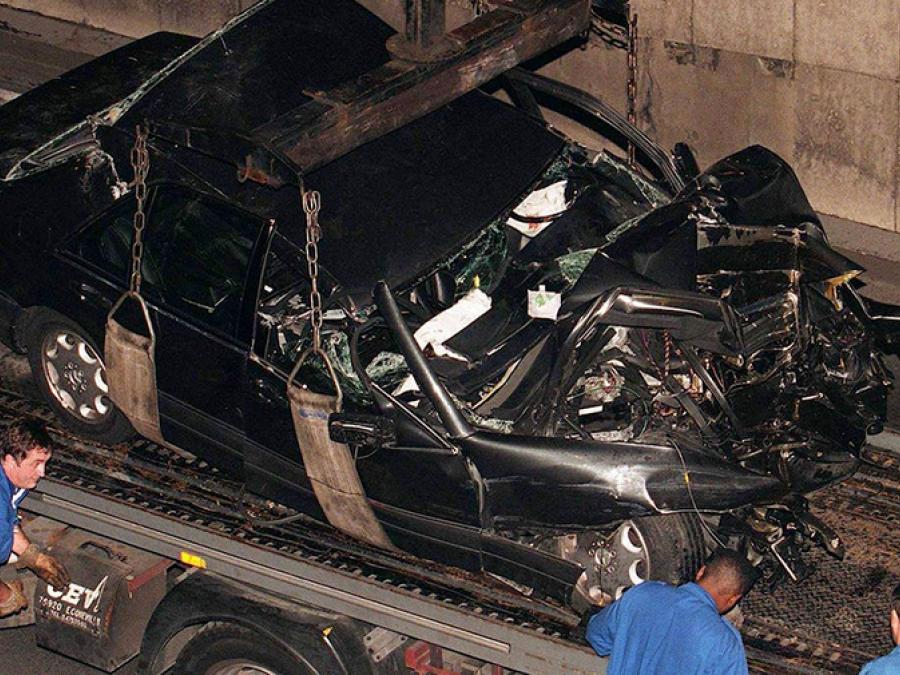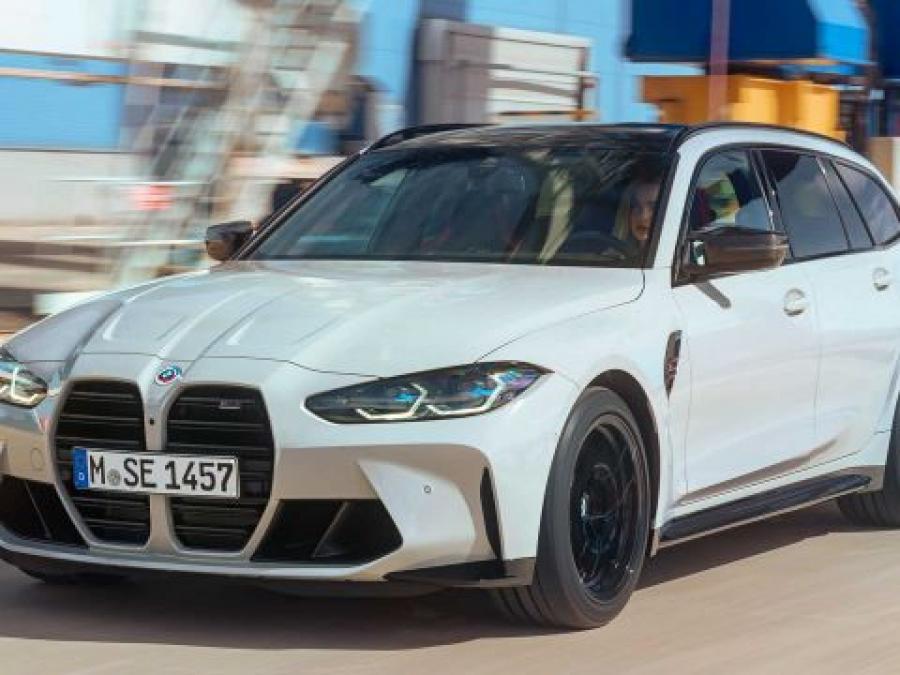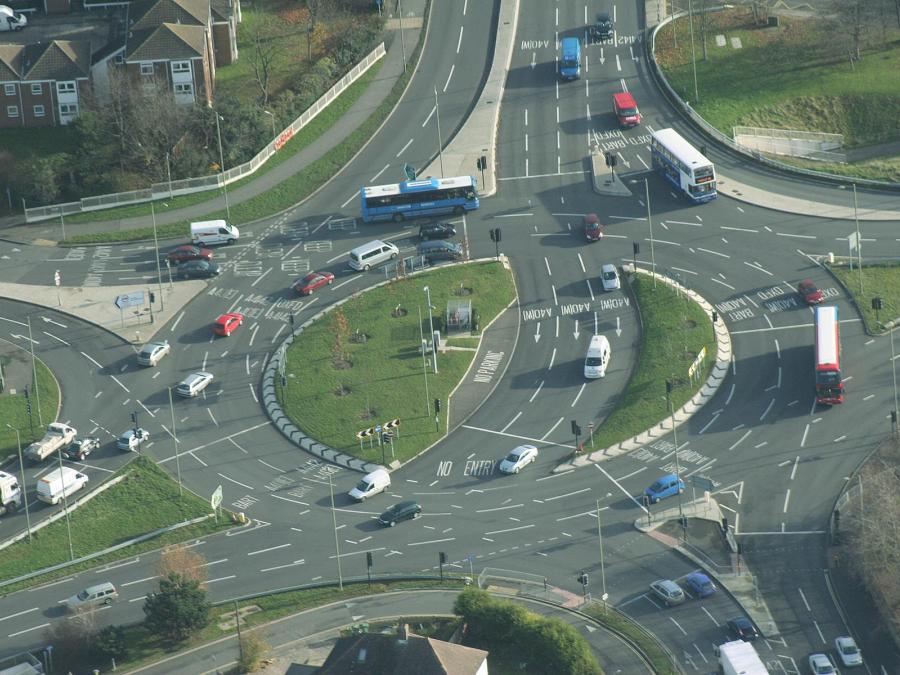
-
Category
-
Author
-
397
-
0
-
31Aug, 2022
On August 31, 1997, one of the strangest car accidents occurred in Paris. It killed Diana Francis Spencer, better known as Princess Diana - the first wife of the heir to the British throne, Prince Charles of Wales. Being in the rank of the third woman in the kingdom of Great Britain, Diana earned popular love for her attitude towards her children and charitable work.
People all over the world empathized with Diana's divorce from Charles and tried to sort out her relationship with producer Dodi Al Fayed. The disaster was a real shock for the whole world - 3 million people came to the funeral, and 2.5 billion people watched the television broadcast of the ceremony. The £12.5m litigation only ended in 2008, but the fatal accident in the Alma tunnel in Paris is still considered one of the most mysterious accidents in history.
On August 30, 1997, Diana arrived in Paris with Dodi Al-Fayed. They stopped at the Ritz Hotel, owned by Al-Fayed's father, billionaire Mohammed Al-Fayed, from where they went to Al-Fayed's apartments on Arsene Housesey Street at night. Diana and Dodi were seated in the back seat of a Mercedes-Benz S-Class sedan, driven by Henri Paul, Deputy Chief of Security at the Ritz Hotel, and security guard Trevor Rees-Jones to his right.
The accident happened at 0:23 on August 31 on the embankment of the right bank of the Seine River - at the entrance to the Alma tunnel, Henri Paul lost control, the car went into a skid and crashed into a pillar supporting the roof. Paul and Al-Fayed died on the spot, while Diana died later in the hospital. Security guard Rhys-Jones, who was the only occupant of the car wearing a seatbelt, was badly injured but survived. He could not give intelligible evidence, which gave rise to a lot of versions of what happened.
Causes of the accident of princesses Diana: versions
Defective car
Diana and her companions were driving in a black Mercedes-Benz S280 belonging to the Ritz Hotel, and this car was provided to her shortly before the disaster to replace another that allegedly had malfunctions. In May 2017, data about this car was made public, according to which it has a very opaque history. According to this information, the car was first bought in September 1994, and three months later it was stolen and wrecked with several coups.
After the accident, the car was allegedly restored, put up for sale, and bought by the Ritz. There is also information that the driver was forbidden to develop more than 60 km / h, because the car in this case ceased to be controlled normally. In addition, the rear seat belts did not seem to work in the car, which prevented Diana and Al Fayed from buckling up.
Over speed
At the scene of the accident, the speed limit was 50 km / h, but the Mercedes was moving with a clear excess. The first reports of the accident included data that Diana's car crashed into a pole at a speed of 190 km / h, allegedly the speedometer needle was stuck in this position. The manufacturer officially announced that the speedometer of this model automatically returns to zero in the event of an accident and does not have a digital memory function. During the investigation, it was announced that the speed of the car during the collision was in the range of 95-110 km / h, and at the moment it is believed that the Mercedes flew into a pole at 105 km per hour.
Drunk Driver
Henri Paul's blood test confirmed the presence of alcohol in a concentration three times higher than the norms allowed in France. According to British investigators, Paul drank at least five glasses of the Ricard aperitif that evening after the end of his working day. Most likely, he was not going to drive, but he had to do it at the request of the hotel management. As one of the causes of the accident, the deterioration in the reaction of the driver of the Mercedes, caused by alcohol, was officially cited. Paul was also not wearing a seatbelt.
Paparazzi actions
Lady Dee was a favorite subject of professional photographers who followed her and her entourage on the heels. To get rid of the paparazzi, on the fateful evening, the security of the Ritz Hotel came up with a plan: to divert attention from the main entrance of the hotel, a car drove off without passengers, and Diana and Al-Fayed got into another car in the backyard. Some photographers figured out the maneuver and set off in pursuit of Diana.
In order to break away from his pursuers, Henri Paul greatly exceeded the speed limit. In addition, there was a version that the driver lost control because he dodged the car of one of the paparazzi. As a result, nine photographers were immediately charged with manslaughter, three more were tried for shooting a crashed car as an invasion of privacy. Paparazzi charges were dropped in 2002 and 2003.
Actions of another vehicle
Investigating the circumstances of the tragedy, the French investigation in 1999 indicated that the Mercedes-Benz may have collided with a white Fiat Uno, traces of which were found at the scene of the accident, before hitting the pole. Eyewitnesses confirmed that there was such a car in the tunnel, but disappeared immediately after the accident. There is a version that Fiat cut the Mercedes - this was the cause of the accident. Suspicion fell on the French photographer James Andanson, who owned the same car and had previously photographed Diana with Al Fayed.
Al-Fayed's father insisted on this version, who believed that Andanson was hired by the British secret services to kill Diana. No traces of a collision were found on the car, the photographer himself had an alibi, but he still hurried to sell Fiat. A year later, Andanson was found dead, but his death was considered a suicide.
Special services operation
The main proponent of the conspiracy theory was billionaire Mohammed Al-Fayed, Dodi's father. For 15 years, he defended the version of the murder of Diana by the British secret service MI6. There were suggestions that either Henri Paul or Trevor Rees-Jones worked for MI6, but the connections of both with intelligence could not be identified. It was said that the murder of Diana could have been ordered by the royal family, which was sharply against her affair with a Muslim. In addition, the target could not be Diana herself, but Dodi Al-Fayed, whose family had many enemies.
As arguments for the involvement of the special services, the unexpected replacement of the car with one that had been in an accident and had faulty seat belts, and the inoperability of all 14 tunnel cameras that did not record after 23:00, and the slowness of the rescue service, which took Diana to the hospital only after an hour and a half .
But only one thing is officially recognized: the accident was the result of an accident due to the incompetence and intoxication of the driver, and the interference created by other vehicles, as well as unfastened seat belts, became only additional factors in the tragedy. None of the conspiracy theories have been confirmed.

-
Category
-
Author
-
262
-
0
-
31Aug, 2022
The Warrantywise Reliability Index, compiled on the basis of 131,000 extended car warranties, ranks the most breakable models in the UK.
It is made by Warrantywise, the Island's largest provider of extended warranties. It is clear from it that Land Rover, BMW and Porsche share seven positions in the Top 10 in terms of unreliability. You might want to keep that in mind when looking around the aftermarket for something German.
The data only includes cars up to 10 years old. As the most fragile and unreliable, the Range Rover of the previous generation is indicated. The reasons for this are frequent and expensive repairs. The insurer awarded the luxury SUV a score of 20.2 out of a possible 100, with the most expensive repair costing £23,890.
The problem for the reputation of the brand also comes from the fact that the third position in this ranking is taken by Range Rover Sport (23.1 points, most expensive repair £22,358).
The Reliability Index, based on precise and quantitative data, also ranks BMW among the most problematic models. The second position is for the BMW M3, the fifth here is the X6, and the tenth position is for the M5. About 10-11,000 lira is the most expensive repair for all three models. The remaining problematic ones here are Porsche Panamera (#4), Porsche Cayenne (#6), Audi Q7 (#7), Bentley Continental GT (#8), Mazda CX-5 (#9). Interestingly, the most expensive Bentley repair was only £6,227.
1. Range Rover
2. BMW M3
3. Range Rover Sport
4. Porsche Panamera
5. BMW X6
6. Porsche Cayenne
7. Audi Q7
8. Bentley Continental GT
9. Mazda CX-5
10. BMW M5

-
Category
-
Author
-
262
-
0
-
30Aug, 2022
Roundabouts can cause unpleasant associations for inexperienced motorists. The fact is that such areas are regarded by drivers as the most dangerous. Significant difficulties arise when you need to choose the correct trajectory of travel. Since not all motorists know the Rules, mistakes are still made.
Statistics show that in areas where roundabouts are organized, the least accidents with serious consequences occur. More accidents happen at intersections that are equipped with traffic lights. Such statistics can be explained by the fact that motorists on the ring are focused on the situation. They better analyze the actions of other road users, and also slow down during the lap. In addition, there is no oncoming traffic - it is isolated by a ring, so there is no exit into the oncoming lane.
At intersections that are equipped with traffic lights, motorists feel more free. They rely solely on traffic lights and ignore the environment around them. As a result, accidents occur when vehicles from different directions collide with each other.
When the traffic light turns yellow, motorists do not slow down, but increase their speed and enter the intersection at a red one. This is not only a violation of traffic rules, but also the cause of the accident. Recall that motorists who move around the ring have priority. The only exceptions are those cases where additional precedence signs are used.
There are certain rules that should be observed when driving through such a section. So, when entering the ring, you need to turn on the turn signal to the right. To leave the ring, the motorist must change lanes to the far right and turn on the right turn signal. If a motorist leaves the roundabout from the left lane, he can create a major accident on the road.














